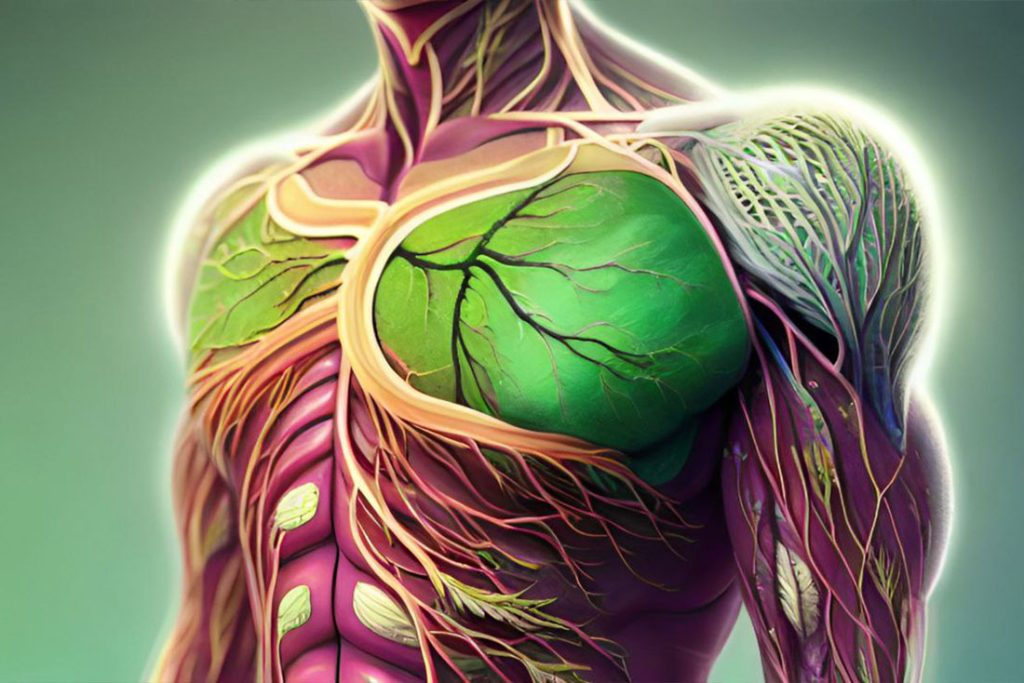The Convergence of Lymphatic Trunks and Ducts: An Essential Route to the Venous System
The lymphatic system is a crucial part of our body’s immune defense and fluid regulation mechanisms. It comprises a network of vessels, nodes, and ducts that facilitate the movement of a clear fluid called lymph, which carries vital cells of the immune system. This article aims to delve into the latter part of this system, the lymphatic trunks and ducts, which play a significant role in returning the lymph to the bloodstream.

Lymphatic Trunks and Ducts
Lymphatic Trunks and Ducts: The Conduits for Lymph Return
The lymphatic vessels, after their intricate journey through the body, coalesce to form larger vessels known as lymphatic trunks. These trunks, in turn, give rise to larger conduits called lymphatic ducts, which serve as the final channels returning the lymph into the circulatory system. This return of lymph into the bloodstream is a crucial part of maintaining the body’s fluid balance and ensuring the circulation of immune cells.
The lymphatic system’s drainage into the venous system occurs at specific sites in the neck where the internal jugular veins merge with the subclavian veins to form the brachiocephalic veins. These junctions serve as the exit points for the lymph from the lymphatic system to the bloodstream.
The lymphatic drainage is divided primarily based on the body’s regions, splitting into two major areas:
- Right Lymphatic Drainage: Lymph from the right side of the head and neck, the right upper limb, and the right side of the thorax is drained by lymphatic vessels that connect with veins on the right side of the neck. These vessels form the right lymphatic duct, which is relatively small compared to its counterpart on the left. The right lymphatic duct empties the lymph into the junction of the right internal jugular and right subclavian veins, known as the right venous angle.
- Left Lymphatic Drainage: Lymph from all other regions of the body, including the left side of the head and neck, the left upper limb, the left thorax, and the entirety of the abdomen, pelvis, and lower limbs, is carried by lymphatic vessels that drain into veins on the left side of the neck. These vessels converge to form the thoracic duct, the largest lymphatic vessel in the body. The thoracic duct empties the lymph into the junction of the left internal jugular and left subclavian veins, known as the left venous angle.

By understanding the routes of lymphatic drainage, we can gain insights into the spread of certain diseases, particularly cancers that commonly metastasize through the lymphatic system. Furthermore, it helps in planning surgical procedures in these regions, aiming to avoid damage to these critical structures.
In conclusion, the lymphatic trunks and ducts serve as the final pathway for the return of lymph, carrying immune cells and other substances, back into the bloodstream. Their role in maintaining fluid balance, circulating immune cells, and potentially acting as routes for disease spread, underscores their importance in the overall health and well-being of an individual.











